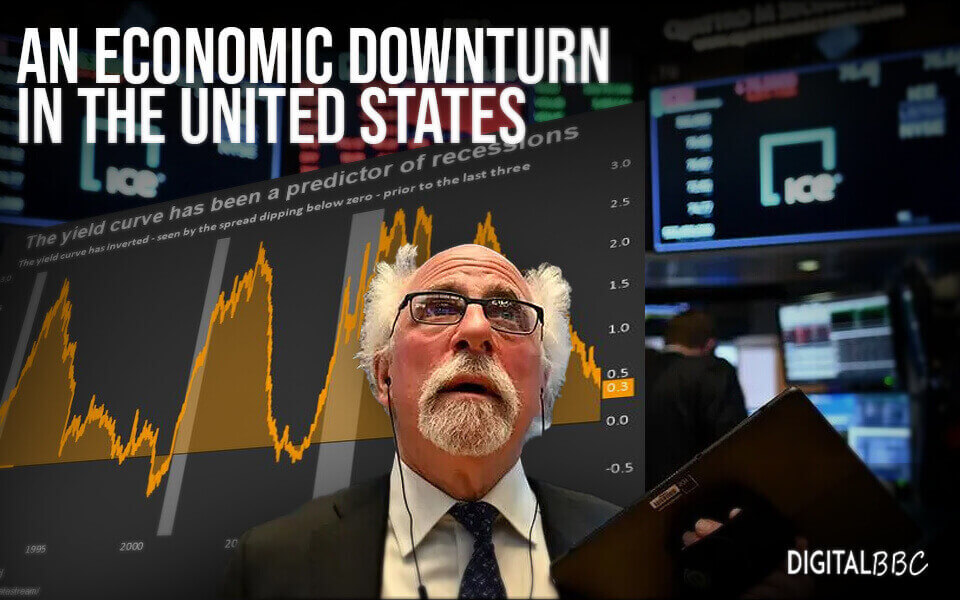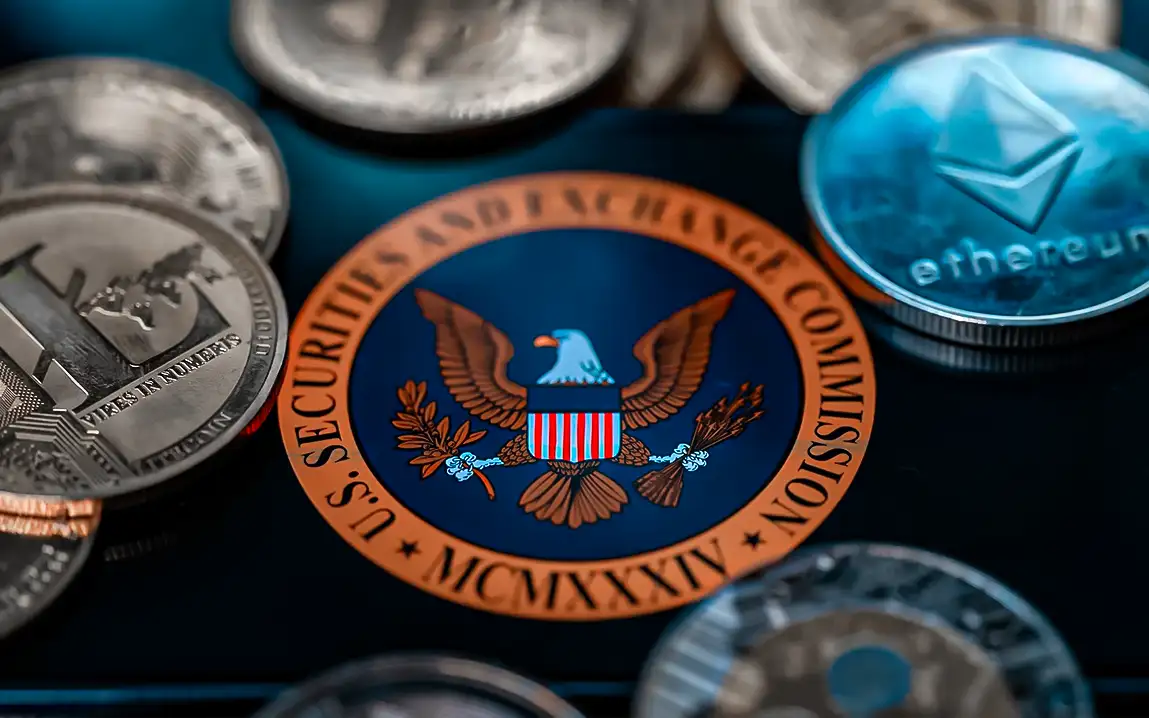Washington, DC: A highly sought-after asset in financial markets is an impeccable leading indicator—something that can consistently and accurately predict the future, making it easy to monitor economic trends. While achieving absolute perfection in prediction is impractical, having a reliable real-time indicator can provide valuable information for investors and analysts. One such contender that has garnered attention is the Sahm rule.
Introduced in 2019 by Claudia Sahm, a former economist at the Federal Reserve, this rule claims to have the ability to accurately predict recessions in their early stages, preventing false positives. Notably, it has successfully forecasted every recession since 1960, often requiring only a few months of data compared to the year-long process of formal determinations by economic organizations.
The Sahm rule operates on an economic premise, defining a recession if the unemployment rate increases by 0.5 percentage points from its lowest point in the previous 12 months. Both the current unemployment rate and the trough are calculated as three-month moving averages to smooth out fluctuations.
As of now, the Sahm indicator stands at 0.33 percentage points, with a recession looming if it crosses the half-point threshold. For instance, if the unemployment rate, which stood at 3.9% in October, rises to 4.0% this month and 4.1% the following month, the economy would trigger a recession according to the Sahm rule.
However, Claudia Sahm emphasizes that her rule is not an inflexible law but rather an empirical regularity. She acknowledges that the post-pandemic economic landscape may have created unique circumstances challenging this regularity.
Traditionally, recessions lead to layoffs, surpassing the half-point threshold of the Sahm rule. In the current situation, an unusual increase in the supply of workers, rather than a decrease in demand, is contributing to the rise in the unemployment rate.
The number of employed and unemployed Americans has grown by almost 3 million, or 1.7%, since the previous year, while the number of jobs has increased by roughly 2 million, or 1.2%, in the same period. Ms. Sahm suggests that the unemployment rate may rise if workers return and their jobs haven’t kept up with them, but clarifies that “the unemployment rate doesn’t rise as the jobs catch up.”
The unexpected prominence of the Sahm rule has presented Ms. Sahm with a new challenge. Originally focused on establishing a standard for triggering automatic payments to individuals during recessions, she finds her rule inadvertently gaining attention in forecasting and financial market timing. Ms. Sahm emphasizes that her intent was not to predict economic downturns but rather to advocate for protective measures for individuals during tough economic times.
Given the current legislative gridlock in Congress, it seems unlikely that policymakers will take significant action if unemployment continues to rise in the coming months. This leaves Ms. Sahm in the peculiar position of hoping that her own rule does not come to fruition and that the United States can avoid a recession.



